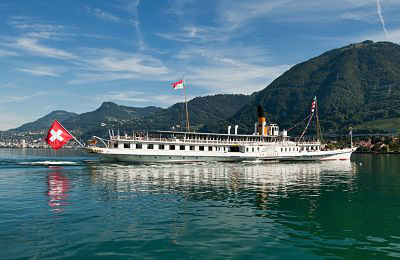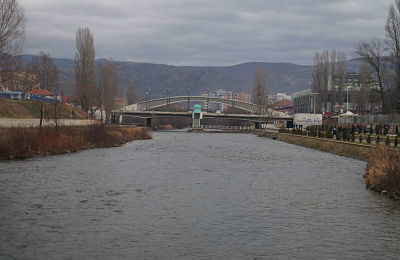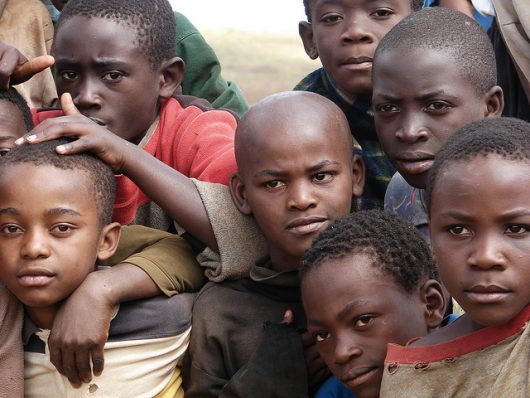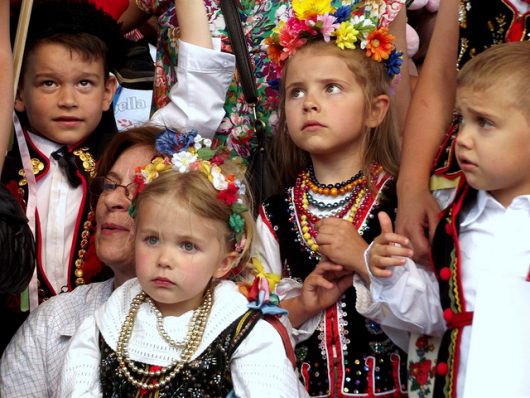
Formerly a part of the USSR, Latvia is a member of the EU for the past 13 years. The country is home to over two million people, and it is slightly larger than West Virginia. The recession of 2008 deeply affected the Latvian economy, and as a result, the country has a massive income gap. Additionally, as of 2013, Latvia gave less aid to the poor than any other members of the EU. These conditions leave ample room for the number of those living in poverty to increase, which makes hunger in Latvia an important issue.
Historically, Latvia lacks an adequate food supply. Children suffer most from hunger in Latvia, and malnutrition steadily weakened the population since the end of World War I.
As of 2014, almost 20 percent of Latvians were living under the poverty line. It is the third-poorest country in the EU. Of those in poverty, the average family lives on an average of 215 euros or less, not enough to feed the whole family. In 2012, 100,000 citizens had a monthly income of less than 65 euros.
While hunger in Latvia is still an issue, the country greatly improved in the past decade. Since 2000, Latvia decreased their Global Health Index rating by 59 percent. The Global Health Index gives countries a score from zero to 100 based on undernourishment, child mortality and other factors. The lower the score, the healthier the country is.
Many organizations contributed to the decrease in poverty and hunger in Latvia. The American Relief Administration worked to feed the hungry, especially children. Carelinks Ministry, a religious outreach organization, worked in Riga, Latvia, serving food to the poor, especially in the colder months. With people partnering to reduce hunger in Latvia, the country will continue to decrease their GHI rating.
– Julia Mccartney
Photo: Flickr

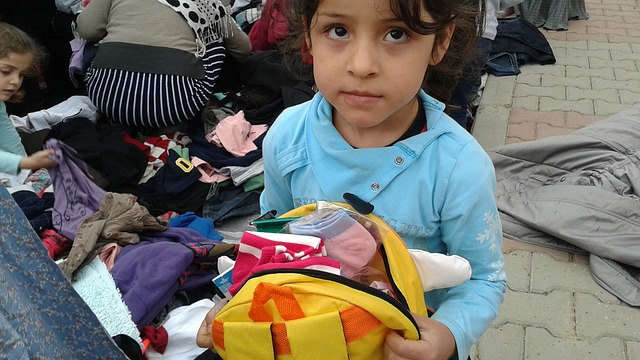
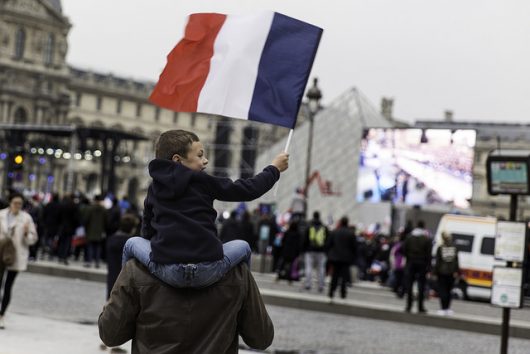 From the Senne to the Mediterranean, France is hailed as one of the most expensive countries on the globe. With delicacies such as escargot and macarons, it’s no wonder the cost of living in France is higher than in most nations. The capital city of Paris ranks among the top 10 most expensive cities in the world, with the country as a whole being among the top 20
From the Senne to the Mediterranean, France is hailed as one of the most expensive countries on the globe. With delicacies such as escargot and macarons, it’s no wonder the cost of living in France is higher than in most nations. The capital city of Paris ranks among the top 10 most expensive cities in the world, with the country as a whole being among the top 20 
